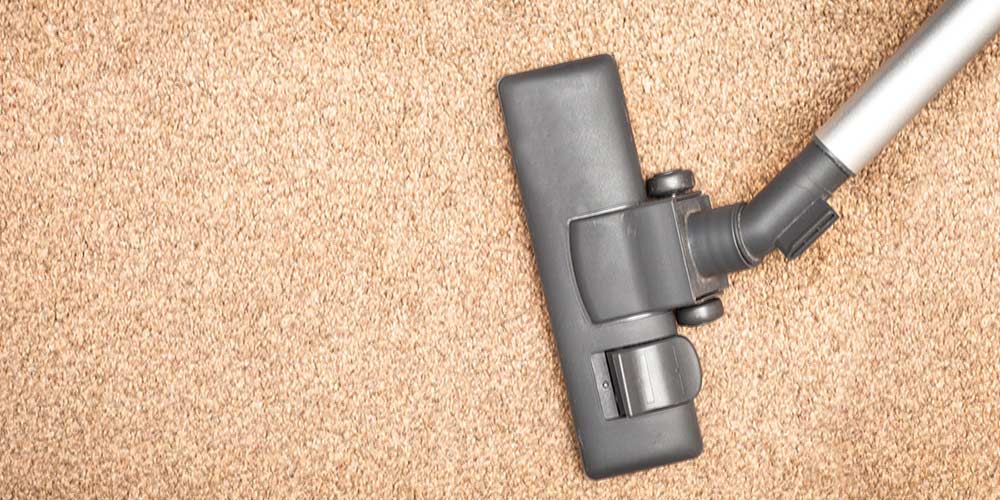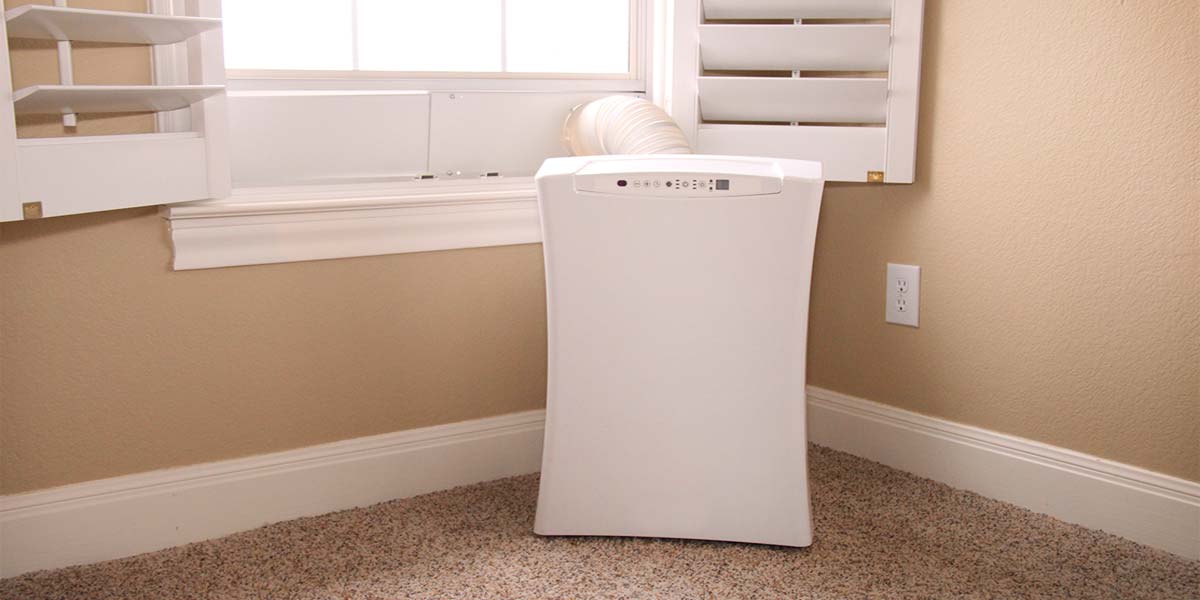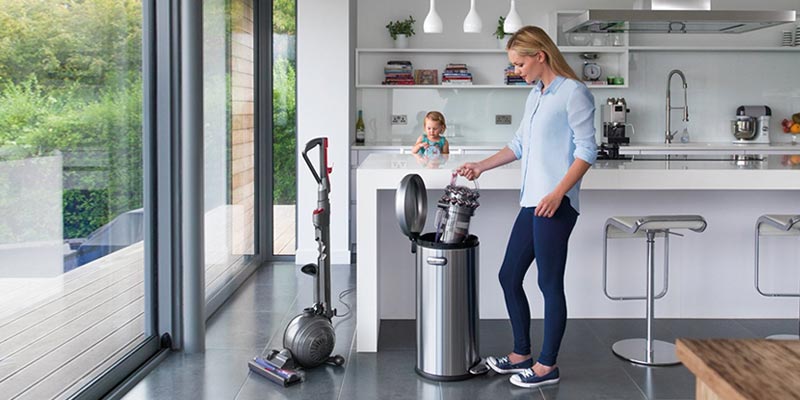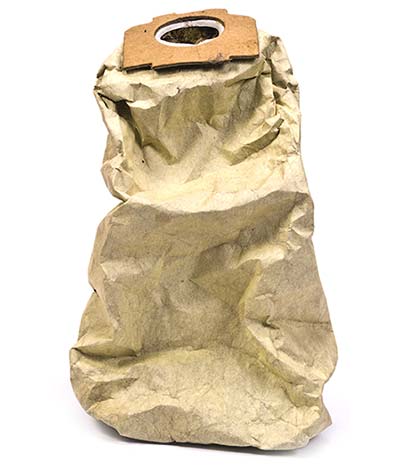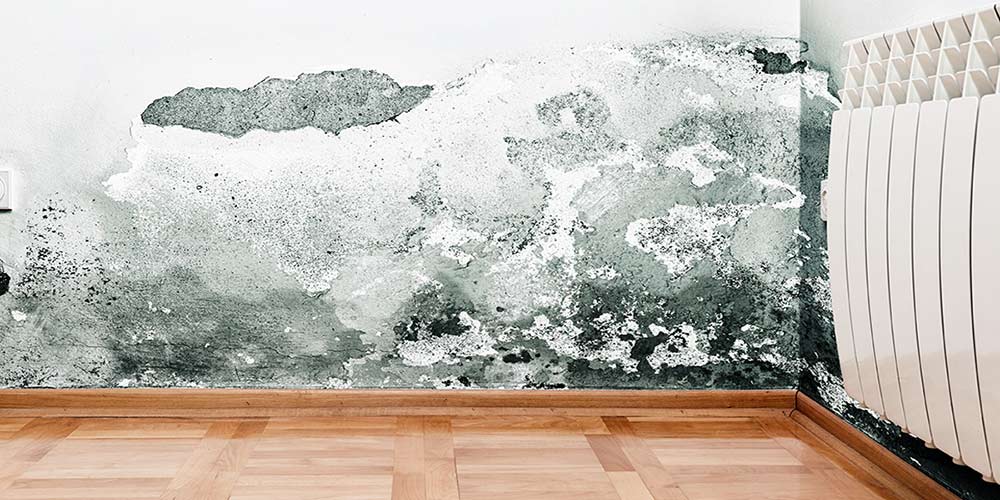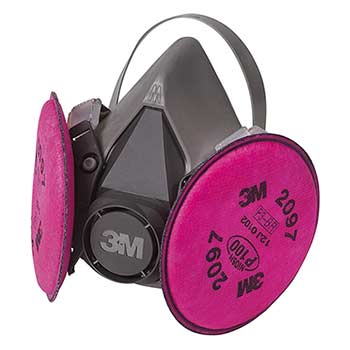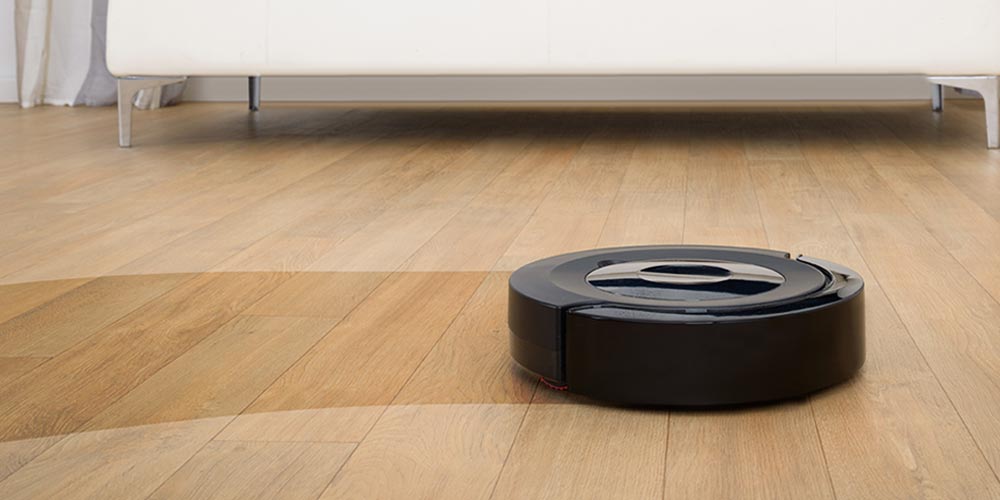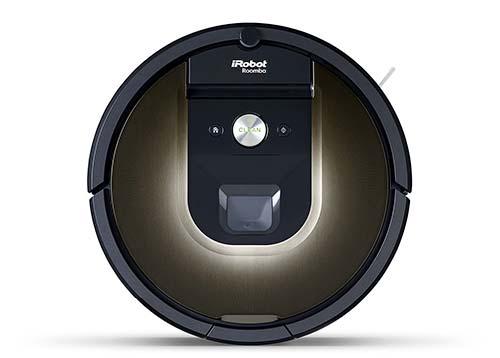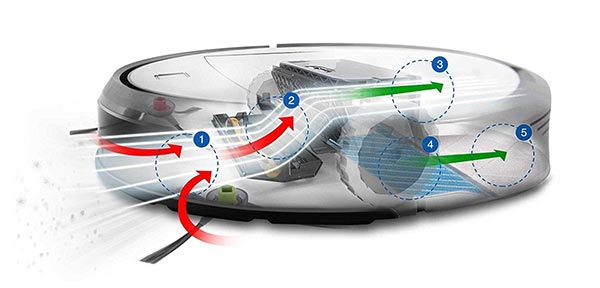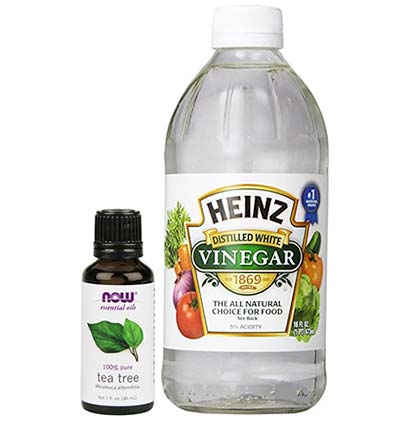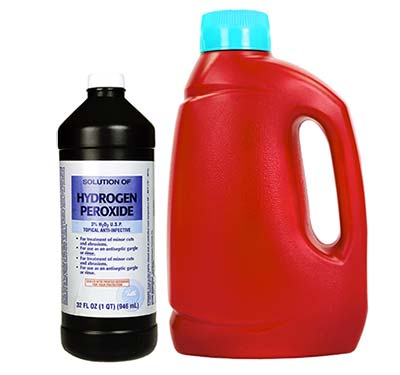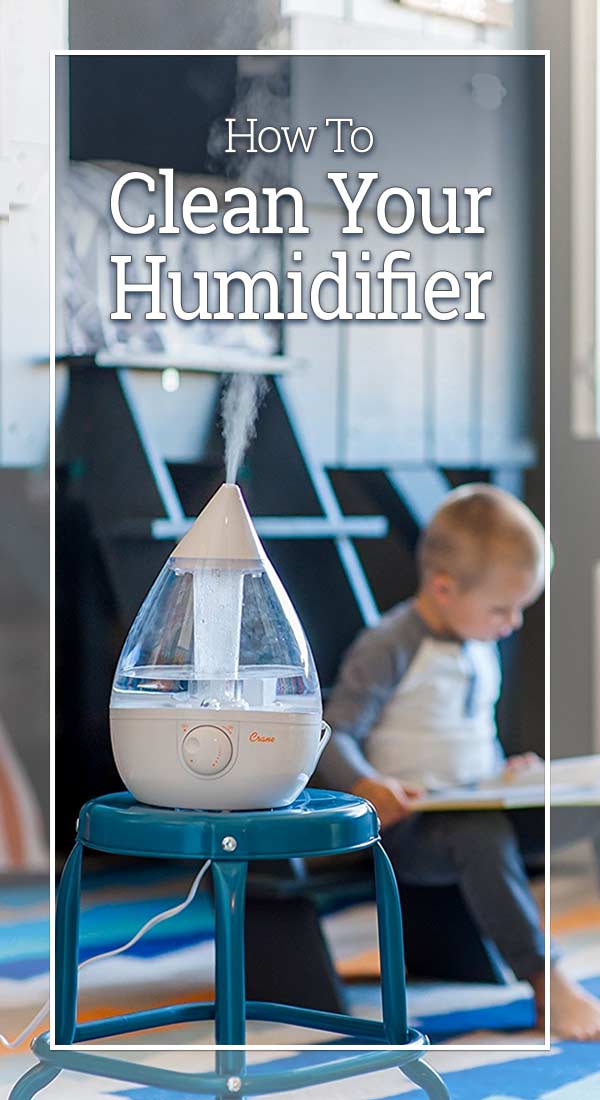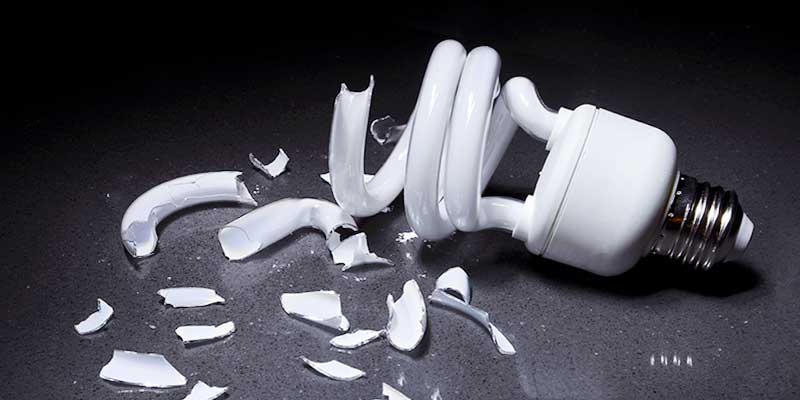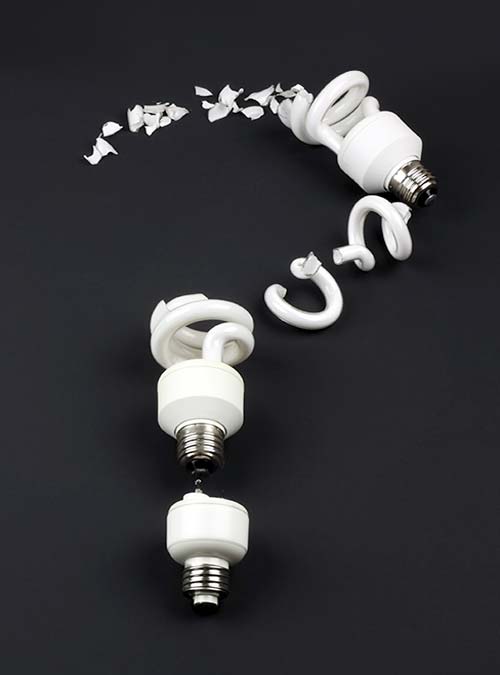Vacuum cleaners are a convenience of modern times and as all technologies, these cleaning devices have improved quite a bit over time. Today, vacuums come with more attachments then you’ll probably ever need.
A stick vacuum cleaner may not be the most powerful type of vacuum cleaner, but they do offer some pretty compelling features, such as swivel steering, a multitude of attachments, cordless and rechargeable, a motorized brush, ability to easily transition between a floor and light handheld, and even HEPA filtration.
This portfolio of features has taken stick vacuums well beyond the old carpet sweepers, and transformed them into a serious consideration in the cleaning arsenal for homeowners. Below are some of the reasons why homeowners should consider buying a stick vacuum cleaner.
What is a Stick Vacuum?
A stick vacuum is a lightweight version of an upright vacuum cleaner. It’s likely not as powerful as its larger counterpart, or come with as many attachments or accessories. They are simple to use and easy to store, which are two of the main reasons why people love their stick vacuums.
What to Expect From a Stick Vacuum Cleaner
While this type of vacuum cleaner is a popular choice for homeowners, that doesn’t mean it’s the best cleaning device for you and your home. To help you figure out whether this is the right choice for you, let’s take a closer look at seven common benefits that come with a stick vacuum.
1. Smaller Size & Weight
By definition, stick vacuums are smaller, lighter, and easier to move around. Who wants to haul around a heavy vacuum cleaner, especially if you only need to spot-clean a single spill. This is where a stick or handheld vacuum cleaner really excels. When it comes to the size and weight, other types of vacuums can’t even begin to compete.
Most stick vacuums come in under ten pounds, with some models weighing about half that. This is a huge benefit for any homeowner that may have difficulty carrying or pushing around heavier machines, including the disabled or elderly consumers. Their lightweight designs not only increases its maneuverability and ease of use, but it also makes it easier to store when its not in use.
2. Lower Cost
Stick vacuums typically cost far less than their bigger counterparts. There are many reasons for this, but it really comes down to three things:
- They use less powerful motors.
- They have a compact build that makes them easy to store.
- They usually don’t come with a bunch of attachments or accessories.
If any of these seem like cons to you, then perhaps a stick vacuum isn’t the right device for you. Otherwise, you will soon discover that finding one within your budget is extremely easy to do.
3. Great for Quick Cleanups
Had a surprise call from a friend wanting to get together and you feel like maybe you should clean the high traffic areas before they arrive? Did your dog knock over a house plant again? Another great benefit of a stick vacuum is that they are perfect for those quick cleanings between your regular full-on household cleaning days.
4. Easy to Store
One of the most noticeable benefits of a stick vacuum is how easy they are to store. This is especially important to those who live in small apartments or tiny houses.
Much like a robot vacuum cleaner, these take far less room then the more popular canister vacuums, with some models even coming with a wall mount to help you preserve floor space. Because of their compact size and weight they can even be stored high on a closet shelf or inside your pantry where they are less noticeable and out of the way, yet still within quick reach when you need them.
5. Very Easy to Use
For many homeowners out there, this is one of the most important benefits of not only vacuum cleaners in general, but all appliances. And for the record, stick vacuums are incredibly easy to use. This ease is mainly due to the upright and lightweight design, as well as the added technologies that makes cleaning less of a chore and more of a quickly done afterthought. That’s what a stick vacuum can do for you.
Many of these devices have motorized brushes which increase its overall cleaning potential and maneuverability. Some models offer attached containers that make emptying the dust and debris a breeze. Just be sure to empty these containers outside to avoid contaminating your indoor air quality, which is an issue that hits right into the heart of the “bag vs bagless vacuum cleaner debate.”
While the attachments may be limited, most stick vacuums do come with wands that give you easier access to clean places in your home that are hard to reach. Another huge benefit of stick vacuums is their upright build. Often they feature a height adjustable design, which increases proper body positioning during cleaning, as well as protecting your back against unnecessary fatigue and strain.
6. Make Less Noise
Depending on the type of vacuum cleaner you buy, you’ll have to deal with the noise that comes with it. There’s just no way around it… they all make noise. Too much noise, despite the brand or model or type.
Unfortunately, some of those big vacuums not only have the power of a cyclone but they also sound like one too. And nobody wants that in their home.
Whether you have a pet that perceives the vacuum cleaner as their mortal enemy, or maybe you’re just timid of vacuuming at certain times because of disturbing the neighbors or sleeping family members; one of the main benefits of a stick vacuum is that it allows you to get those messes cleaned up and forgotten about with less chance of disturbing anyone in your home.
Most stick vacuum cleaners have a pretty low decibel level. Whether or not the product page that you buy it from states the Db level, for the most part, they are much quieter than than their larger counterparts.
7. Versatility
Another great feature of stick vacuums is their versatility. Most can easily be converted to very light handhelds and some models, such as the popular Dyson V11 Vacuum Cleaner, are completely cordless, running instead on a rechargeable battery.
This not only makes cleaning easier, but gives you the option of cleaning away from an outlet without stringing two or three extension cords. Some models even use HEPA filtration to help keep your air clean and free of the tiny particles that may get kicked up while vacuuming.
Stick Vacuum Cleaners: The Best Choice For You?
Though these vacuums may not be as deep cleaning or as powerful as many other types of vacuum cleaners, there are many benefits to owning one. They are a great addition for quick cleanups and if you live in a tiny house, smaller apartment, or don’t have carpeted floors it is very likely that they could completely take the place of their bigger brothers, making the costly, noisy, and cumbersome vacuum obsolete.
